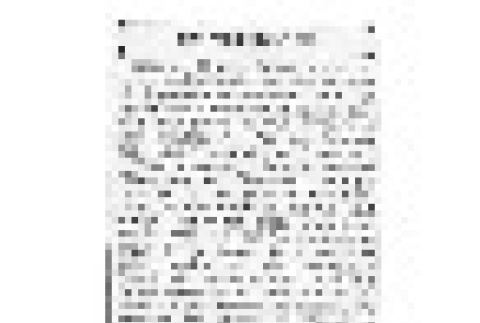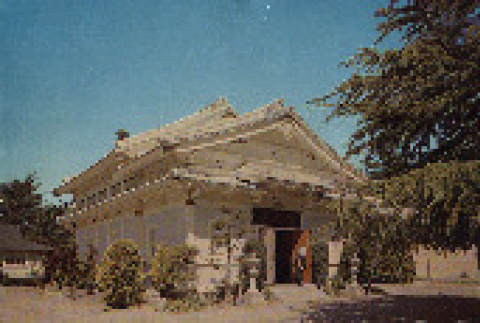Sonoma State Gaye LeBaron Collection ddr-csujad-23
16 items
16 items
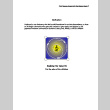
doc
Giri: kodomo no tame ni = For the sake of the children (ddr-csujad-23-1)
Interview transcripts from oral histories with Sonoma County Japanese American families. Conducted by Sonoma County JACL Oral History Project. The book was published in 2003. See this object in the California State Universities Japanese American Digitization project site: lp041-01-012
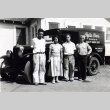
img
Fujita family in front of Fujita Brothers Egg Ranch truck (ddr-csujad-23-2)
Shows a circa 1930 Graham Paige panel delivery truck parked in front of the Fujita Brothers Egg Ranch (Ely Road and Fujita Lane, Petaluma, California). Shown from left to right are siblings Katsumi (Henry) Fujita, Michi (Grace) Fujita, Eigi (George) Fujita and their father Tsuneji Fujita. This photo appears to have been taken on the same …
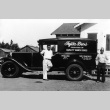
img
Tsuneji Fujita and Katsumi Henry Fujita in front of Fujita Brothers Egg Ranch truck (ddr-csujad-23-3)
This photo appears to have been taken on the same day as Item number ssu_lp_0001. Shown from left to right are Katsumi (Henry) Fujita and his father Tsuneji Fujita. See this object in the California State Universities Japanese American Digitization project site: lp028-08-002
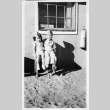
img
Gary and Nancy Fujita at Granada incarceration camp (ddr-csujad-23-4)
Nancy Kiyoko Fujita and Gary Yoshio Fujita are older children of Henry and Ann Fujita. This 1943 photo appears to have been taken outside of the Fujita's apartment in Block 10-H at Amache. See this object in the California State Universities Japanese American Digitization project site: lp028-08-003
![Little Americans with Japanese faces [Nancy Fujita and Gordon Nagai] (ddr-csujad-23-5)](https://ddr.densho.org/media/cache/b1/08/b1086be78c1b6736e30b2911d6dcd691.jpg)
img
Little Americans with Japanese faces [Nancy Fujita and Gordon Nagai] (ddr-csujad-23-5)
A photograph of Nancy Kiyoko Fujita from Petaluma, California (Block 10-H, 12-C at Amache) and Gordon Nagai from Livingston, California (Block 10-H, 11-B at Amache) appeared in an issue of "Time" or known as "Time magazine" either in late 1943 or early 1944 along with an article discussing the resettlement issue. See this object in the …
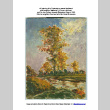
img
Masonite (ddr-csujad-23-6)
Oil Painting no. 2 of 2 "Masonite" by Geichiro Kare Kuramatsu. Geichiro (Ernest) Kare Kuramatsu was born in Japan in 1885 to a Russian mother and Japanese father. The family moved to Canada, and Ernest saw combat while serving with the Canadian Army in France during World War I. He completed this oil painting in 1943 …
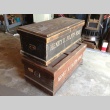
img
Two wooden chests, Henry Katsumi Fujita, 8305, Granada (Amache) incarceration camp (ddr-csujad-23-7)
Two wooden chests that Henry K. Fujita fabricated from wood "borrowed" from the Amache High School site in the block adjacent to the Fujita family barracks. The number "8305" was the label assigned to the family by the War Relocation Authority. See this object in the California State Universities Japanese American Digitization project site: lp028-08-006
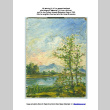
img
Masonite (ddr-csujad-23-8)
Oil Painting no. 1 of 2 "Masonite" by Geichiro Kare Kuramatsu. Geichiro (Ernest) Kare Kuramatsu was born in Japan in 1885 to a Russian mother and Japanese father. The family moved to Canada, and Ernest saw combat while serving with the Canadian Army in France during World War I. He completed this oil painting in 1943 …
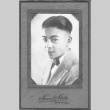
img
Henry Katsumi Fujita (ddr-csujad-23-9)
Sunset Studio (Petaluma, California) portrait of Henry Katsumi Fujita upon his graduation from Petaluma High School in June 1925. He was born on July 4, 1908 in Salinas, California where his parents worked on the Spreckels sugar beet farm. He was 16 years of age when this graduation photo was taken. The portrait is signed by …
![[Dennis Fujita at Granada (Amache) incarceration camp] (ddr-csujad-23-10)](https://ddr.densho.org/media/cache/b6/b9/b6b950f1454acb7f3ac517c4e88a2890.jpg)
img
[Dennis Fujita at Granada (Amache) incarceration camp] (ddr-csujad-23-10)
Ten-month-old son of Henry and Ann Fujita taking first steps in the sandy soil at Amache in February 1944. The letter 'C' denotes Apartment 12-C in Block 10-H. The family name plaque "FUJITA" can also be seen. See this object in the California State Universities Japanese American Digitization project site: lp028-08-009

img
Three generations of the Fujita family (ddr-csujad-23-11)
Shows 3 generations of the Fujita family in 1938 at the christening of Gary Yoshio Fujita at the First Presbyterian Church in Petaluma, California. In the front row from left to right are Grace Michi Fujita, Tsuneji Fujita (grandfather), Gary Yoshio Fujita (baby) and Ann Sumiko (Kashiwase) Fujita (mother). In the second row from left to …
![Christmas card from Emma Hesse to Mr. and Mrs. Henry [Katsumi] Fujita, December 21, 1941 (ddr-csujad-23-12)](https://ddr.densho.org/media/cache/a2/d7/a2d73072c48b196c556fa78b03001bff.jpg)
doc
Christmas card from Emma Hesse to Mr. and Mrs. Henry [Katsumi] Fujita, December 21, 1941 (ddr-csujad-23-12)
Card depicts winter scene with snow and people walking down a path. Message from Emma Hesse states: "I pray for you, and ask that all kindness and understanding surround you these days." Object includes envelope showing address in Petaluma, California. See this object in the California State Universities Japanese American Digitization project site: lp028-08-012
![Letter from Henry [Katsumi] Fujita to Mr. H. A. Strong, Electrolux Corporation, August 9, 1942 (ddr-csujad-23-13)](https://ddr.densho.org/media/cache/14/24/142413aac9733a9c7ff730c050eb232e.jpg)
doc
Letter from Henry [Katsumi] Fujita to Mr. H. A. Strong, Electrolux Corporation, August 9, 1942 (ddr-csujad-23-13)
Letter from Henry K. Fujita to his boss Mr. H. A. Strong of the Electrolux Corporation in San Francisco dated August 9, 1942. Rich in details, the letter describes the physical layout of the Merced Assembly Center, the poor-quality construction of the barracks, the daily schedules, the camp organization and facilities, the hardships and illnesses and …
![Letter from Henry [Katsumi] Fujita to Mr. and Mrs. Davis, October 5, 1942 (ddr-csujad-23-14)](https://ddr.densho.org/media/cache/de/a3/dea32809be3982ef15ef5c209195a9a2.jpg)
doc
Letter from Henry [Katsumi] Fujita to Mr. and Mrs. Davis, October 5, 1942 (ddr-csujad-23-14)
Describes in detail the long train ride from Sept. 15-18 between Merced and the Granada (Amache) incarceration camp: the layout of the train cars, times to different towns, tunnels and coal smoke, eating and sleeping arrangements, military troops and equipment staged along the railway, desert scenery, late arrival at Amache, an extra night aboard the train, …
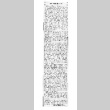
doc
On Tolerance, newspaper editorial, The Press Democrat, May 27, 1942 (ddr-csujad-23-15)
Newspaper editorial dated May 27, 1942, on Sonoma County, California's Japanese evacuation and incarceration. Author offers stance of tolerance and "true democracy." Author is anonymously named "Miss Nineteen." See this object in the California State Universities Japanese American Digitization project site: lp041-01-004
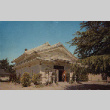
img
Enmanji Temple (ddr-csujad-23-16)
Postcard depicting the Enmanji Temple. The structure was originally built for the Manchurian Railroad Company to be exhibited at the Chicago World Fair in 1932. When the building was brought to Sonoma County and rebuilt as the Buddhist Church, Chief Abbot Ohtani of Japan granted it the title of "Temple," the only building in the United …
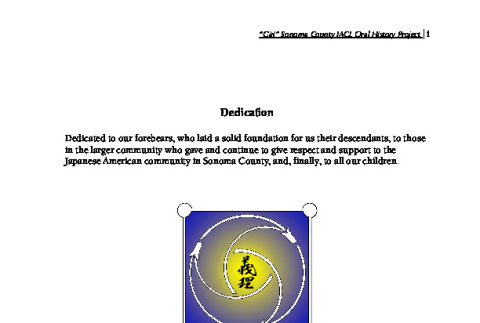
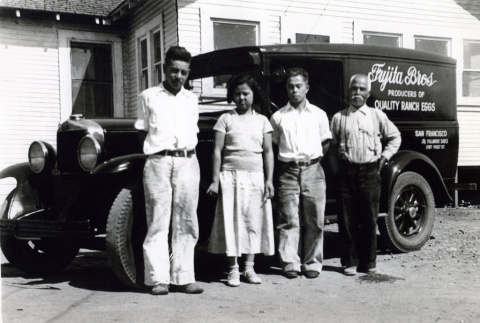
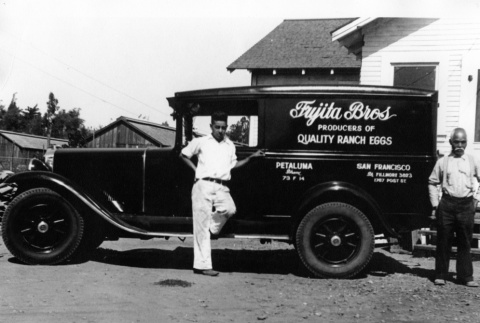
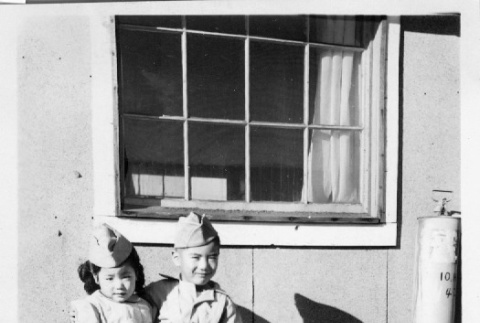
![Little Americans with Japanese faces [Nancy Fujita and Gordon Nagai] (ddr-csujad-23-5)](https://ddr.densho.org/media/cache/e3/0a/e30a1e10921d37f5a0a371c38331b262.jpg)
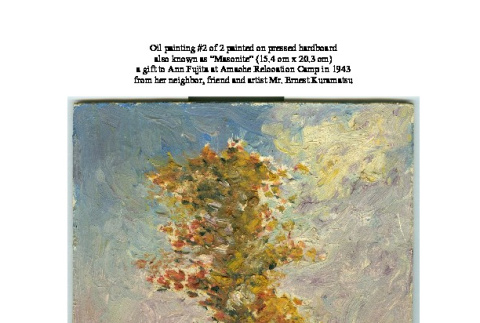
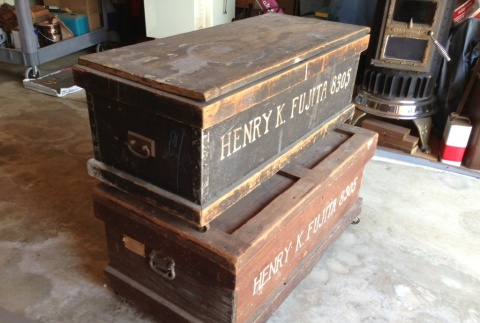
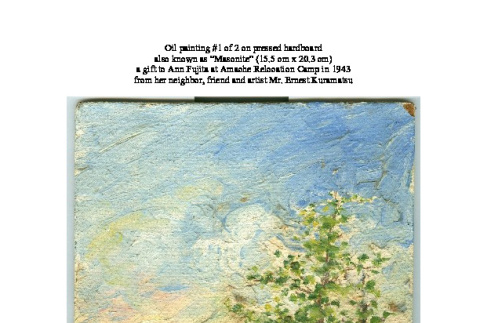
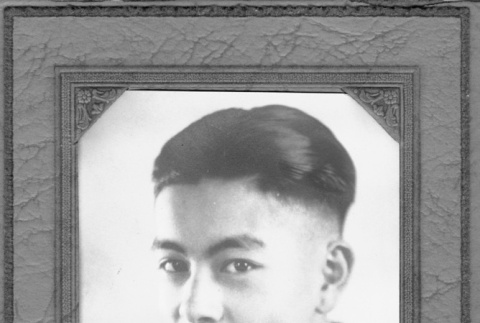
![[Dennis Fujita at Granada (Amache) incarceration camp] (ddr-csujad-23-10)](https://ddr.densho.org/media/cache/dd/03/dd032db71bd96e57e03edf4ae6af9d76.jpg)

![Christmas card from Emma Hesse to Mr. and Mrs. Henry [Katsumi] Fujita, December 21, 1941 (ddr-csujad-23-12)](https://ddr.densho.org/media/cache/a4/63/a4630abd22b2f2164d3b557cf89276cf.jpg)
![Letter from Henry [Katsumi] Fujita to Mr. H. A. Strong, Electrolux Corporation, August 9, 1942 (ddr-csujad-23-13)](https://ddr.densho.org/media/cache/d2/af/d2afd33bc388bbb92c1d2865f7c443a8.jpg)
![Letter from Henry [Katsumi] Fujita to Mr. and Mrs. Davis, October 5, 1942 (ddr-csujad-23-14)](https://ddr.densho.org/media/cache/6f/67/6f67010717bcd4c6294bc08154b5a5dd.jpg)
